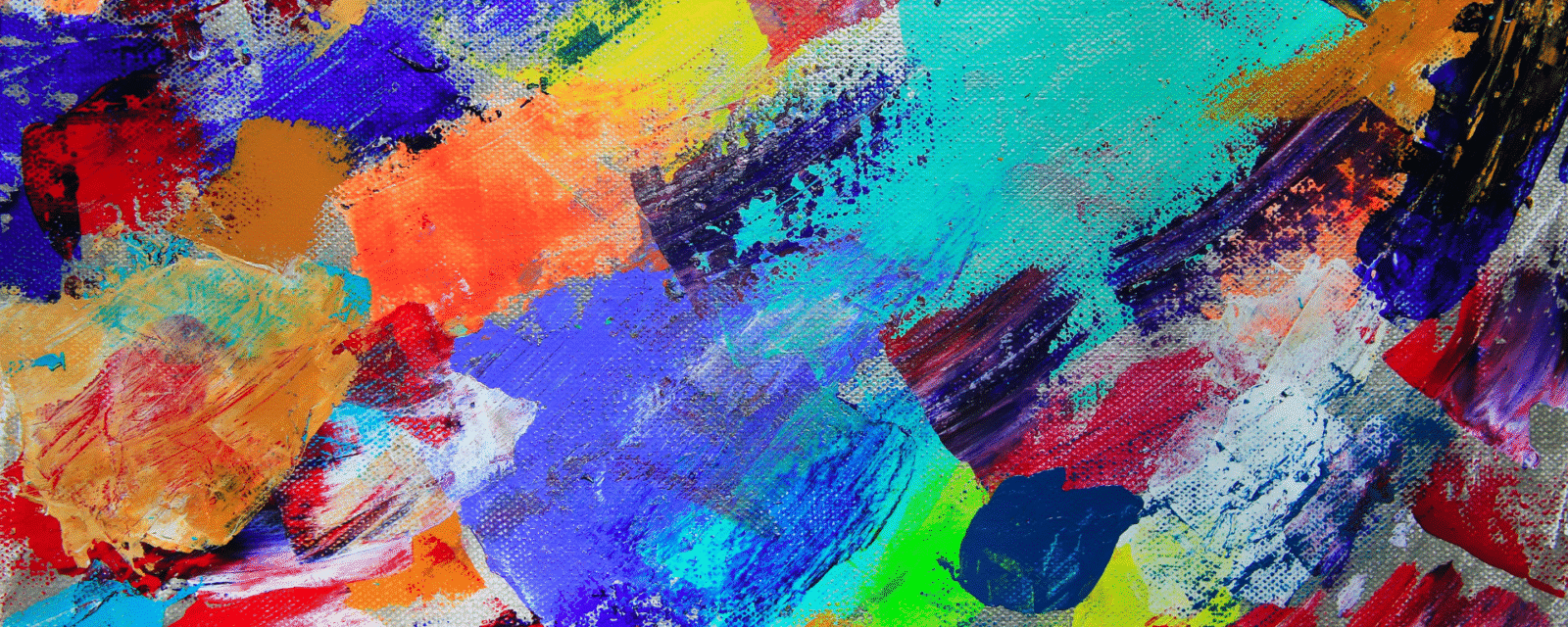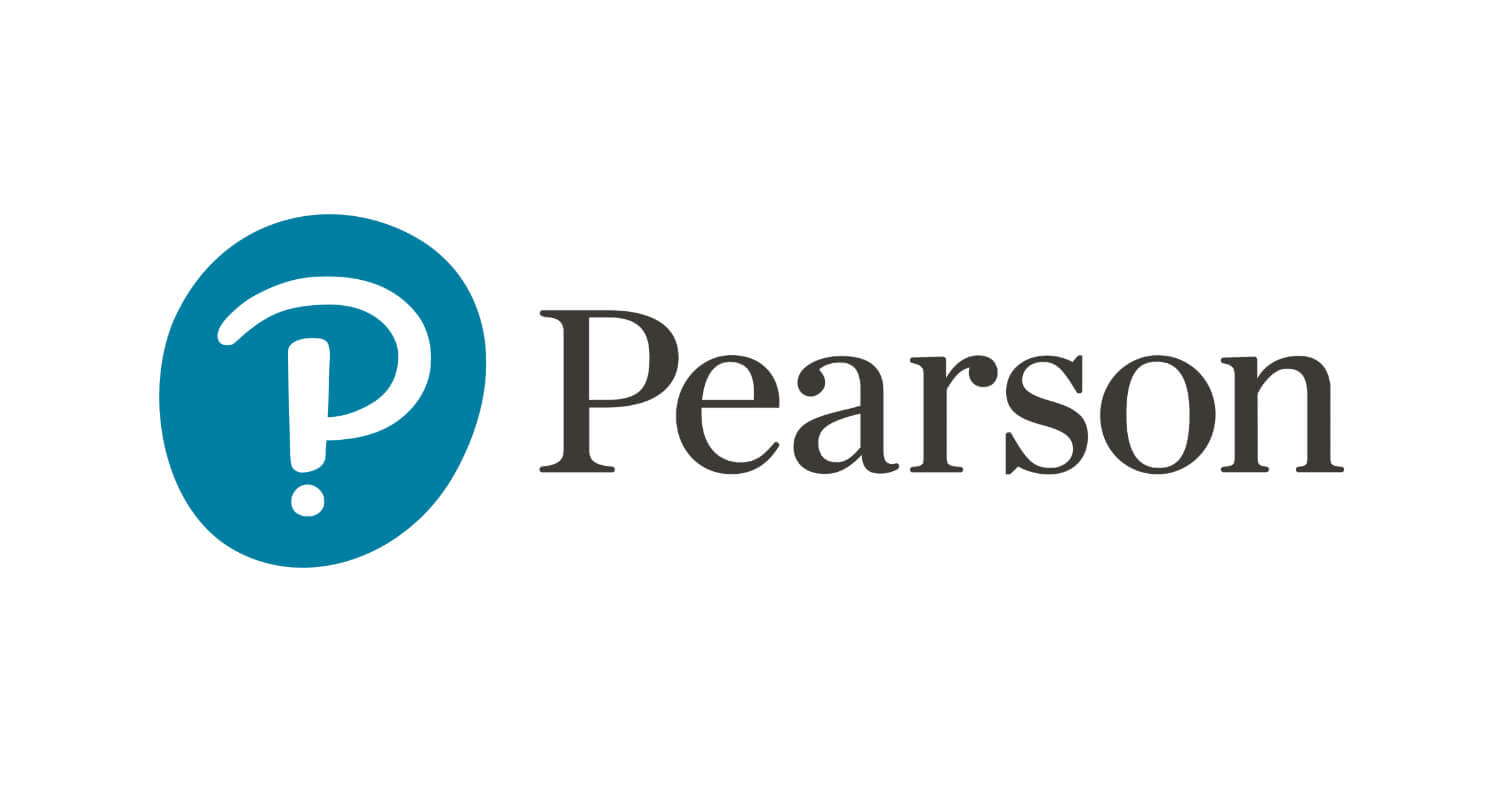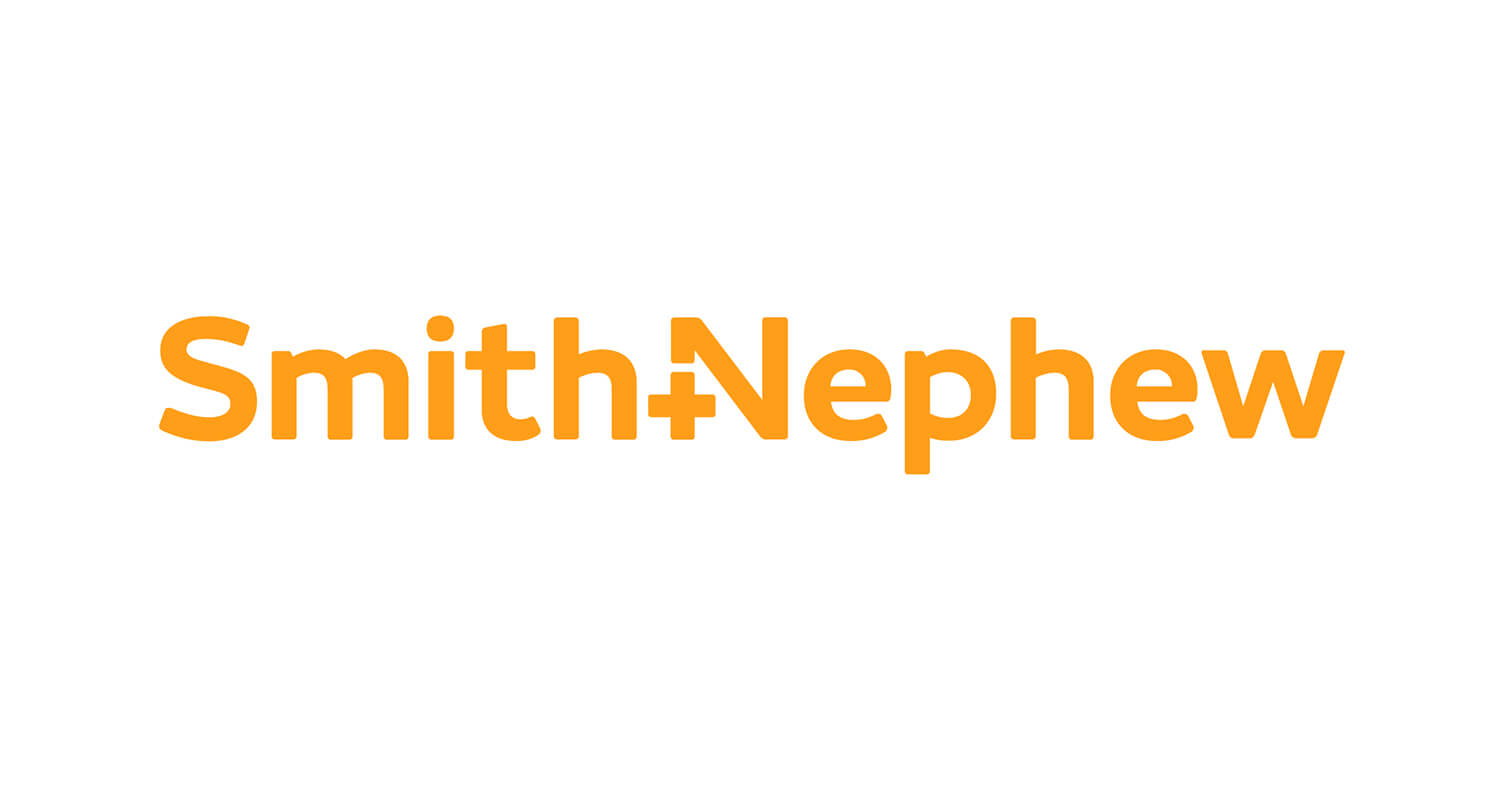Reconciliations now take seconds rather than 2-3 weeks, thanks to intuitive portal for Payback campaign.
The big system update meant that the reconciliations needed to allocate and distribute money from CLA can be achieved in seconds rather than 2-3 weeks
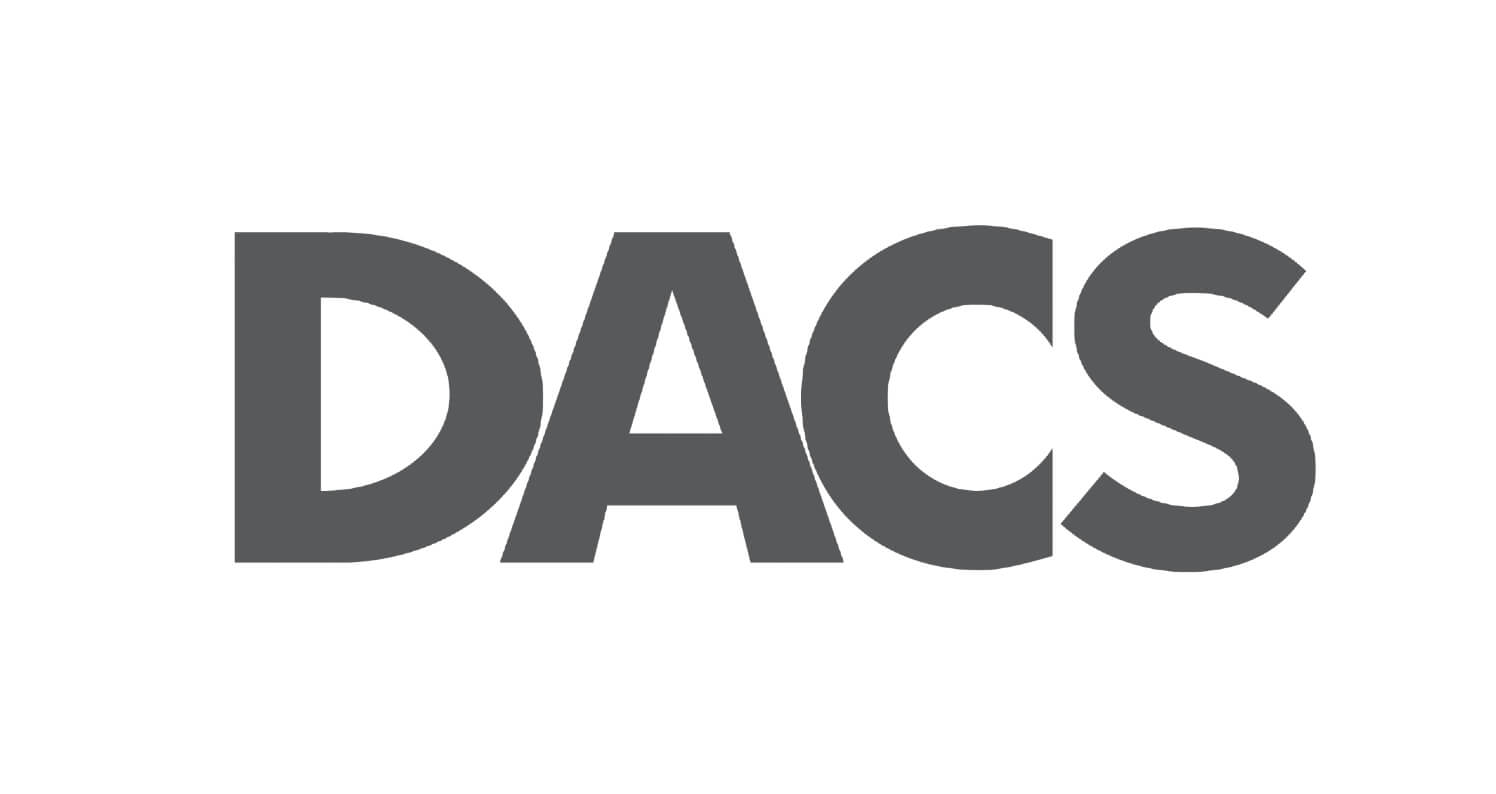
At a glance
Artists get paid easier
Easier for artists to get paid when their images are used for books, TV and websites
New system
New system simplifies and speeds up claims, reconciliations and payments
Ease of use
Ease of use leads to thousands more claims being submitted
No strain on resources
DACS team can handle extra workload without a strain on resources
Tight campaign launch deadline
One Beyond was the only developer able to meet the tight campaign launch deadline
Gary W, IT Manager, DACS
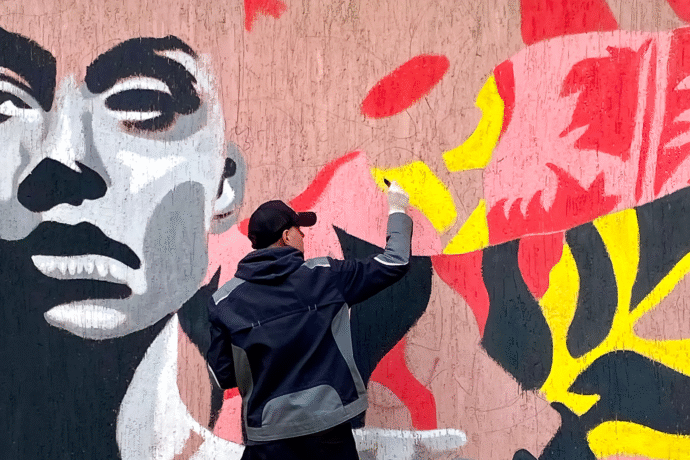
About DACS (Design & Artists Copyright Society)
The Challenge
DACS’ Payback campaign urges artists to claim royalties for use of their copyrighted images in books, TV programmes, in magazines and on websites. Previously, claims were submitted through an outdated web interface. DACS then had to make manual calculations and check everything against an old CRM system, used for distribution and invoicing. This process was highly resource-intensive as staff had to wade through thousands of claims.
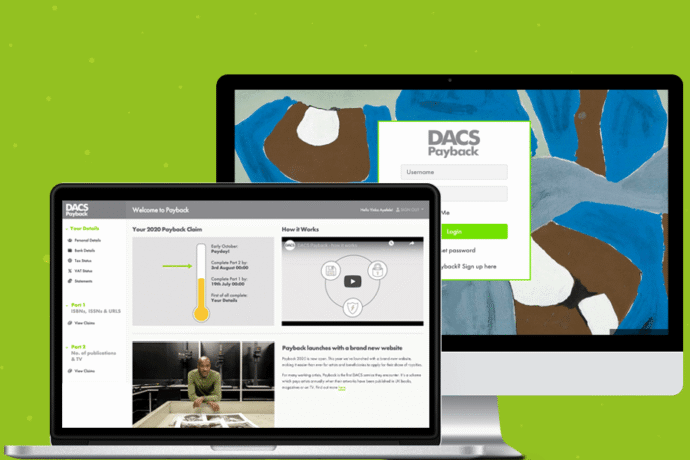
Our Solution
A closer look at features and benefits
One Beyond’s own in-house tools used to accelerate the development process
Portal and payments reconciliation/distribution system built using the latest web development technologies and hosted in Microsoft Azure
Portal wins praise in the arts media


